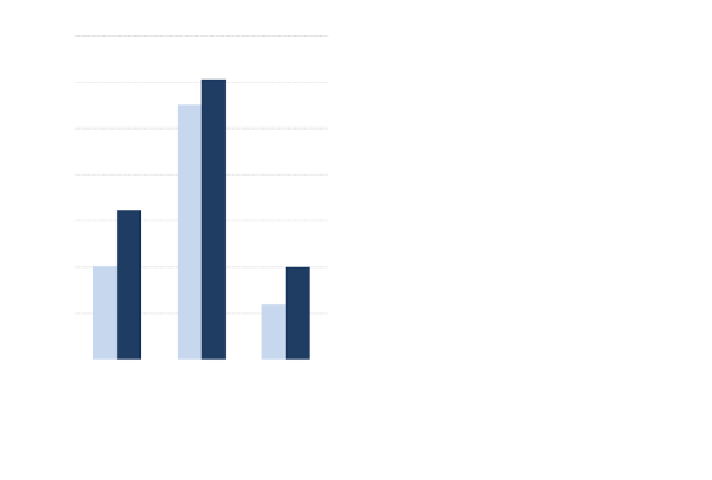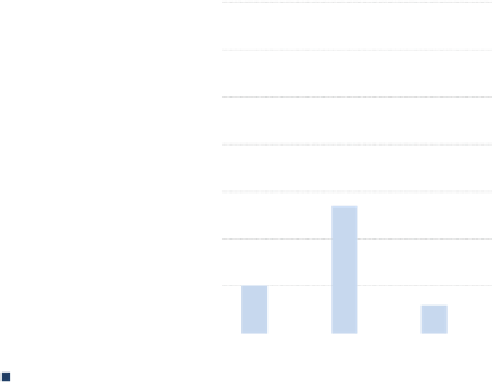Civil Engineering Reference
In-Depth Information
Case Study B
Case Study A
350
350
302.4
300
300
275.7
250
250
200
200
171.6
161.8
150
150
134.6
101.3
100.2
100
100
81.5
63.6
59.8
50.7
50
50
29.8
0
0
Comb. 1
Comb. 2
Comb. 3
Comb. 1
Comb. 2
Comb. 3
EPHmin
EPHmax
BEST
WORST
Fig. 10 Comparison between method combination: refurbishment action on the envelope (comb.
1), on the heating plant (comb. 2) and global action (comb 3)
In particular, the energy performance indices for the combination of interven-
tions shown in Table
10
were calculated in case of the following:
• interventions only on the envelope;
• interventions only on the heating system and
• combined interventions,
which represent the most significant gap obtained in the previous results.
Table
15
highlights that the milder is the climate, the more significant is the
uncertainty among the performance indices.
In particular, it could be noted that the actions on the envelope decrease heat
transmission losses, and in cold climate, this is the main contribution of energy
need for winter, in comparison with solar and internal gains, which are less
affected by different kind of assessments; hence, the application of different
methodologies has higher incidence compared to warm climate (Fig.
8
).
Furthermore, in combination 2, the gap in heating boiler, distribution and
control system losses are less significant than combination 1; nevertheless, they are
different for the climatic zones, because they depend both on some features of the
envelope and on the climatic conditions which differently account for simplified
and detailed calculation methodologies.
In Fig.
11
, the incidence of the calculation procedure shows the dependence on
the climatic zone, since the energy balance is determined according to the external
temperature, the length of heating season and other parameters affected by the
location.





























